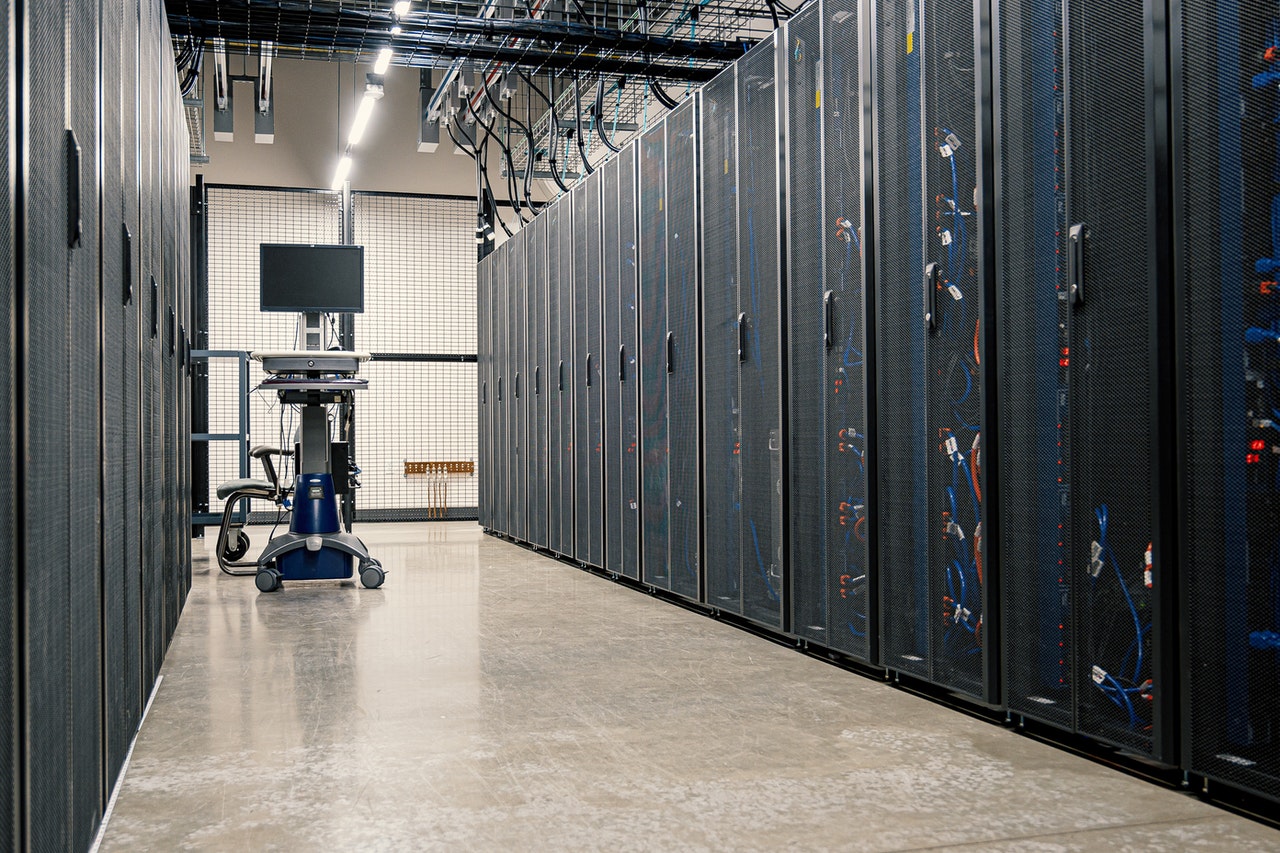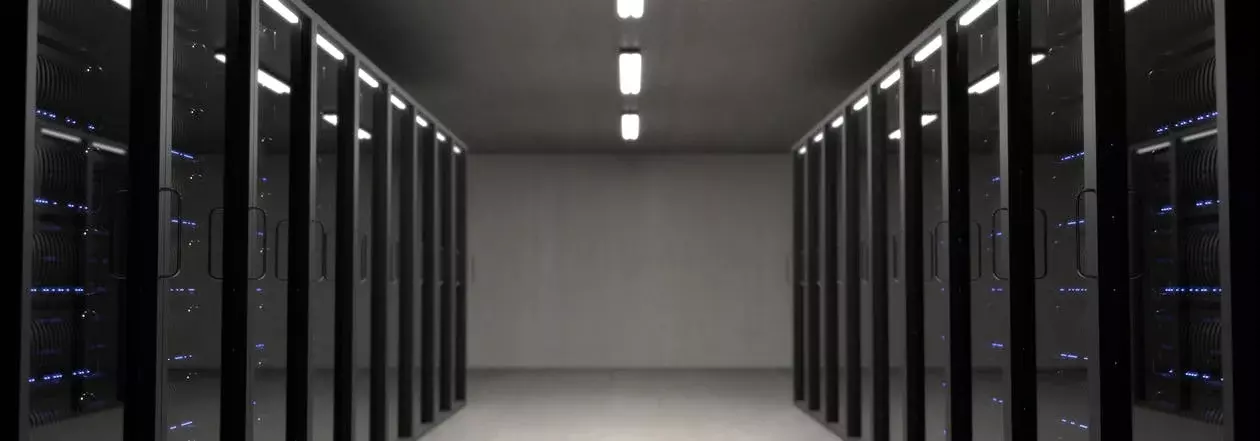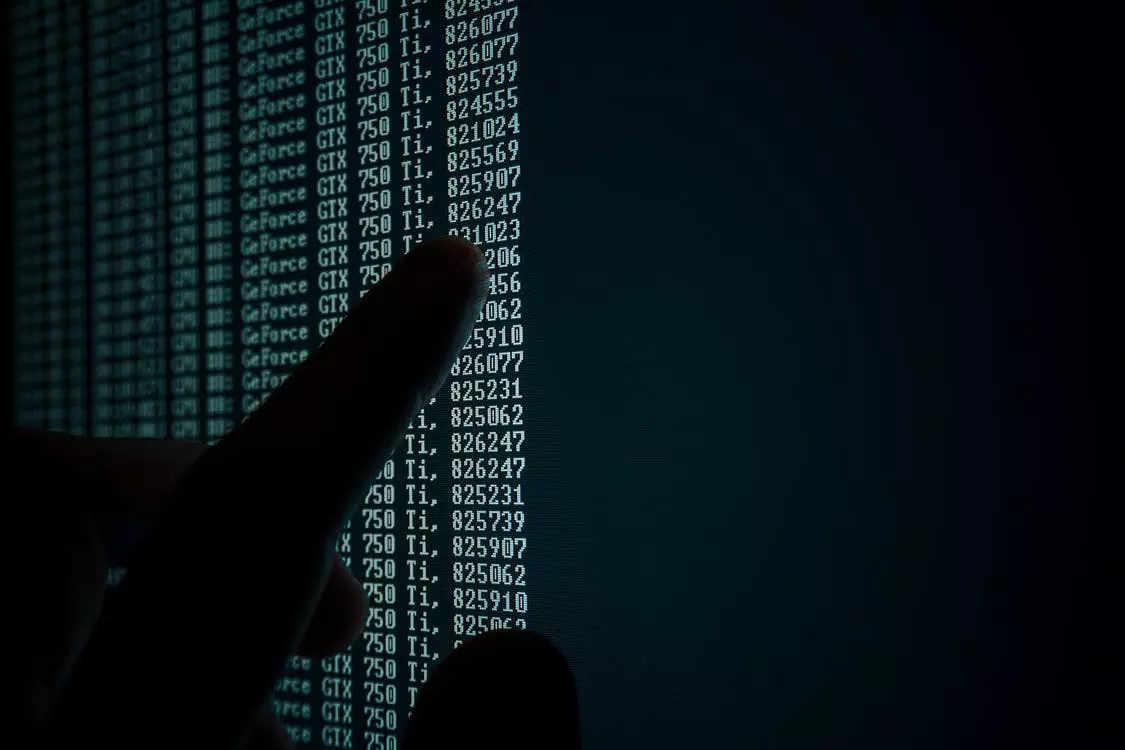Comments
- No comments found

In the last decade, the government, with agencies and departments in thousands of different government-owned locations, has become one of the top data center users.
With the number of technology resources being used daily, it was essential to improve the overall infrastructure and address many inefficiencies within the system.

In 2016, the Data Center Optimization Initiative (DCOI) was instituted to help reduce government spending by consolidating and restructuring existing centers.
The Federal Data Center Optimization Initiative or DCOI involves transitioning the federal government to a more efficient infrastructure using approaches such as interagency sharing of technology and cloud services. The DCOI requires each agency to develop and report on all strategies to optimize existing data center facilities, discover cost-saving measures, and reduce any inefficiencies through various avenues, such as consolidation and restructuring.
The policy supplants the Federal Data Center Consolidation Initiative (FDCCI) and fulfills the requirements for data centers set out by the Federal Information Technology Acquisition Reform Act (FITARA).
In 2018, federal agencies were using a reported 5,916 data centers throughout the United States. By implementing the DCOI, the government hopes to reduce costs and data center duplication by using servers more efficiently. The previous initiative, the FDCCI, required inventories and reports for each facility that could be consolidated or closed—but did not stop new data centers from being built. Under the DCOI, instead of building a new data center to meet specific needs, agencies are encouraged to explore alternative uses of existing facilities through sharing spaces and cloud services.
The DCOI is a much stricter policy than the FDCCI and is aimed strongly towards transitioning to a more optimized data infrastructure for all federal agencies. It provides the government with a roadmap to implement operational efficiency standards and create massive cost savings for all data centers in the future.
To start the initiative, the DCOI has required all agencies to replace any manual data collection and reporting related to systems, software, and hardware inventory with data center infrastructure management (DCIM) tools. This will aid in the overall quality of data collection throughout the agencies and provide those accessing the data with automatic real-time reports.
The Office of Management and Budget (OMB) is working to reduce data center duplication and costs by monitoring the energy efficiency of each data center using the power usage effectiveness (PUE) metric. This is calculated by comparing the average electricity usage for a facility and the average electricity usage for the IT equipment being used. The benchmark is set at a PUE of 1.5 for any existing data center and 1.4—or a preferred 1.2—for new facilities. If the center does not meet this requirement, it will face possible consolidation or closure.
The installation of energy metering in 100% of the total gross floor area of all data centers will help to address and meet the necessary PUE guidelines. Newer and more advanced intelligent rack power distribution units (PDUs), branch circuit meters, and DCIM software will help agencies bring their facility up to the required energy standards of the DCOI.
One government agency that has begun the transition to a stronger and more efficient infrastructure is the Department of Justice (DOJ). Through identity and access management (IdAM), it seeks to implement a higher standard of security. By improving the three fundamental components of authenticating users, managing digital identities, and authorizing access to resources, the DOJ will be better equipped to secure the department’s digital infrastructures.
As the DOJ recently indicated during a Fortinet security summit, focusing on zero-trust cybersecurity and adapting their IdAM approach has allowed it to transition to the cloud and accommodate a remote workforce. In the last five years, the DOJ has been able to consolidate more than 100 data centers down to just 12 by shifting about 40% of its services to the cloud.
Zero-trust security protocols have helped the DOJ put more of its services online via the cloud with less of a risk of breach. In this way, it's inching closer to standardizing and simplifying technology and improving ROI on IT assets. In addition, the department is partnering with cybersecurity companies like Forcepoint to strengthen both its approach and education around online security issues.
The Government Accountability Office (GAO) has studied the effects of the DCOI since its release in 2016. It found that the initiative has achieved a significant savings of $6.24 billion within the 24 agencies that have adopted the new policy as of 2019. These agencies continue to work to consolidate and close any underused facilities. In 2020, $875.10 million was saved, and $335.88 million was saved up to August 2021. From 2022 to 2025, 83 more centers are set to be closed, saving a total of $46.32 million.
Billions of dollars have been saved but more work is needed to fully accomplish the purpose of the DCOI. The GAO has set out 126 recommendations to help agencies reach their targets to comply with the requirements of the DCOI, and 101 of them have been completed.
The new and improved policies set out by the DCOI have caused a lot of changes and disruption in the many agencies trying to implement its requirements. However, the results it has brought about in just a few years have shown it is worth the trouble. The optimization, efficiency, and consolidation of the DCOI all mean more streamlined working conditions and a less negative impact on the planet.

Additionally, the federal government is now able to more effectively plan what role data centers will have in society and how they can be utilized in the future.
Leave your comments
Post comment as a guest